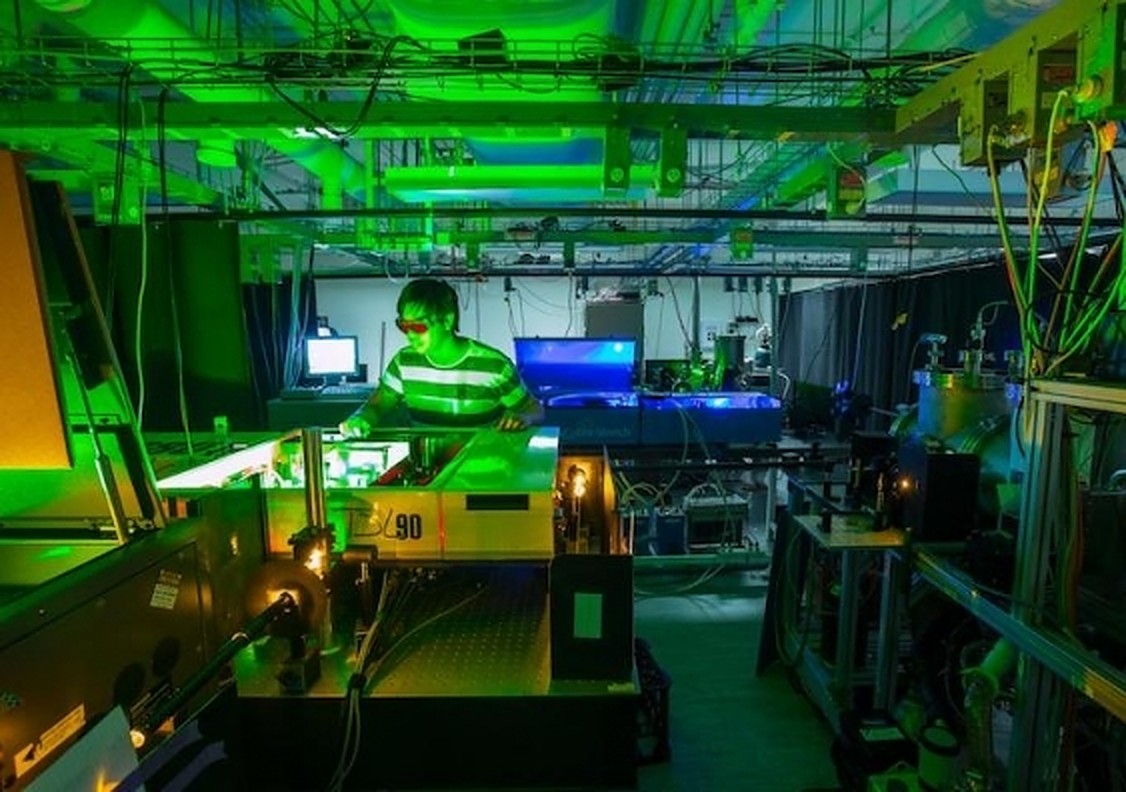With some parts of the light spectrum going unused by many of current devices and technologies, scientists in Australia and the United States have pushed the boundaries of solar cell sensitivity, turning low energy light into more energetic, visible light that can excite silicon. The researchers have achieved this via photochemical upconversion with oxygen as the light conversion catalyst.
Although systems have been developed for upconverting light from photon energies in the near-infrared, upconversion from below the silicon bandgap has been out of reach. In a research paper, published in the journal Nature Photonics, the researchers at UNSW Sydney together with collaborators at RMIT University and the University of Kentucky have demonstrated an upconversion composition using semiconductor quantum dots to absorb the low energy light, and molecular oxygen to transfer light to organic molecules.
As explained by senior author and UNSW professor Tim Schmidt, one way of upconverting light is to capture multiple smaller energy photons of light and glue them together. “This can be done by interacting the excitons – bound states of electrons and electron holes that can transport energy without transporting net electric charge – in organic molecules,” he says.
To extend the range of solar cell sensitivity, the researchers used oxygen, which is usually detrimental to molecular excitons. However, at such low energies, they demonstrated oxygen can mediate energy transfer, allowing the organic molecules to emit visible light, above the silicon bandgap.
“What’s interesting is that often without oxygen, lots of things work well. And as soon as you allow oxygen in, they stop working,” said contributing author Professor Jared Cole of RMIT University. “It was the Achilles heel that ruined all our plans but now, not only have we found a way around it, suddenly it helps us.”
Namely, the researchers have used PbS semiconductor nanocrystal sensitizers to absorb photons below the silicon bandgap and populate violanthrone triplet states below the singlet oxygen energy. Following energy delivery from two singlet oxygen molecules, the triplet-state violanthrone chromophores have luminesced in the visible spectrum.
Since the efficiencies are still very low, the scientists say there is quite a lot of materials development needed to see the technique used in commercial solar cells. “Violanthrone doesn’t have the perfect photoluminescence quantum yield so the next step will be to look for an even better molecule. But I’m very hopeful and think that we can improve the efficiency quickly,” said lead author Elham Gholizadeh of UNSW Sydney.
This content is protected by copyright and may not be reused. If you want to cooperate with us and would like to reuse some of our content, please contact: editors@pv-magazine.com.









By submitting this form you agree to pv magazine using your data for the purposes of publishing your comment.
Your personal data will only be disclosed or otherwise transmitted to third parties for the purposes of spam filtering or if this is necessary for technical maintenance of the website. Any other transfer to third parties will not take place unless this is justified on the basis of applicable data protection regulations or if pv magazine is legally obliged to do so.
You may revoke this consent at any time with effect for the future, in which case your personal data will be deleted immediately. Otherwise, your data will be deleted if pv magazine has processed your request or the purpose of data storage is fulfilled.
Further information on data privacy can be found in our Data Protection Policy.